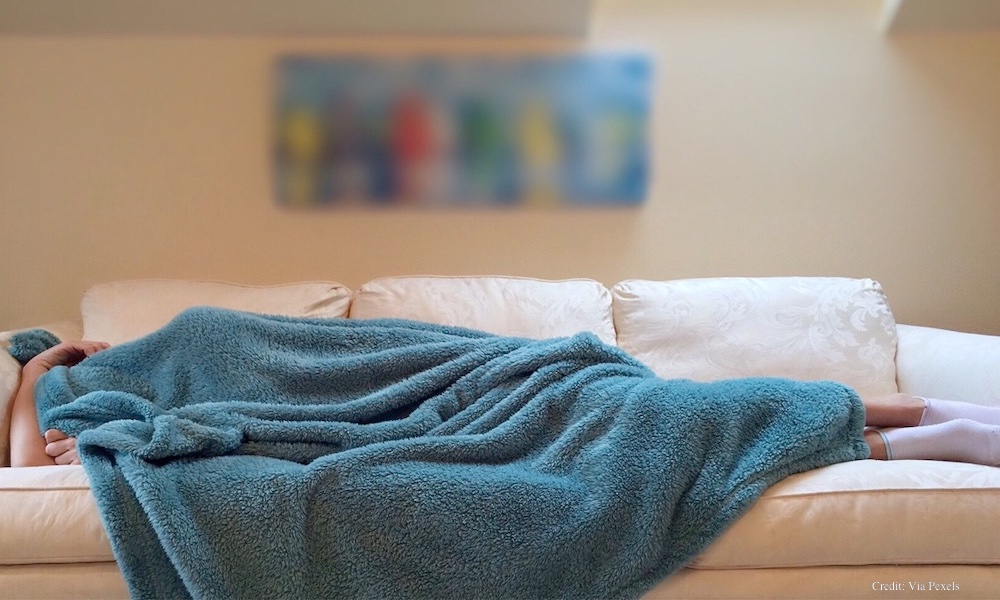Eating well, being physically active and not smoking are some of the things you can do to lessen your risk of heart disease. Now there is another bullet point to add to the list.
According to a new study conducted by the Northwestern University Feinberg School of Medicine, sleeping in the dark is good for your heart as well as your insulin levels. Sleeping in a room with even a moderate amount of lighting could increase your risk of heart disease and affect your insulin resistance.
The body has two nervous systems that regulate our bodily processes around the clock. The sympathetic system works during the day, while the parasympathetic system takes over at night to reset and restore the body to a condition of calm.
Twenty young adults took part in this sleep study. Ten spent two nights sleeping in a dimly lit room. The others slept in a room with lighting equivalent to an overcast day one night and in a dimly lit room the next night.If you can see things really well in your bedroom, there is probably too much light coming in.
The participants experienced no symptoms that made them aware of any biological changes that took place in their bodies as they slept, but their brains sensed it.
“We showed your heart rate increases when you sleep in a moderately lit room,” researcher Daniela Grimaldi, of Northwestern’s Center for Circadian and Sleep Medicine, said in a statement. “Even though you are asleep, your autonomic nervous system is activated. That’s bad. Usually, your heart rate together with other cardiovascular parameters are lower at night and higher during the day.” Because of the high heart rate at night, the body can’t get adequate rest and restoration.
That wasn’t the only finding. People who slept in a dimly lit room experienced insulin resistance the following morning. Insulin resistance is a condition in which cells in the body don’t respond like they should to insulin so they can’t use glucose in the blood for energy. The pancreas responds by making more insulin. Eventually, your blood sugar goes up and diabetes and/or obesity may be the result.
If you regularly sleep in a dark room, you might wonder how people are exposed to light at night. In large urban areas, there may be light coming through the bedroom window from outside the house. Devices left on overnight are another source of light. Up to 40 percent of people sleep with the television on or keep a lamp on by the bed overnight.
People who live in areas where nighttime lighting is widespread need to realize the amount of light they are exposed to at night. Researcher Phyllis Zee, Chief of Sleep Medicine in the Department of Neurology at Northwestern University, offers these suggestions for reducing your exposure to light while you are sleeping:Your heart rate increases when you sleep in a moderately lit room. If you have no control over outdoor lighting, use blackout shades on the windows or wear an eye mask.
- If you need to leave some light on during the night, avoid turning the lights on by placing a dim nightlight close to the floor.
- Choose red and orange lights since they are less stimulating. Avoid white and blue lights in the sleeping area.
- If you have no control over outdoor lighting, use blackout shades on the windows or wear an eye mask. Arrange your bed so no outdoor lighting shines on your face.
If you can see things really well in your bedroom, Zee added, there is probably too much light coming in.
So in addition to all the other things you do to protect your heart, pull down the shades, close the shutters, secure the drapes and turn out all the lights when you go to bed.
The study was published in the PNAS, Proceedings of the National Academy of Sciences.





